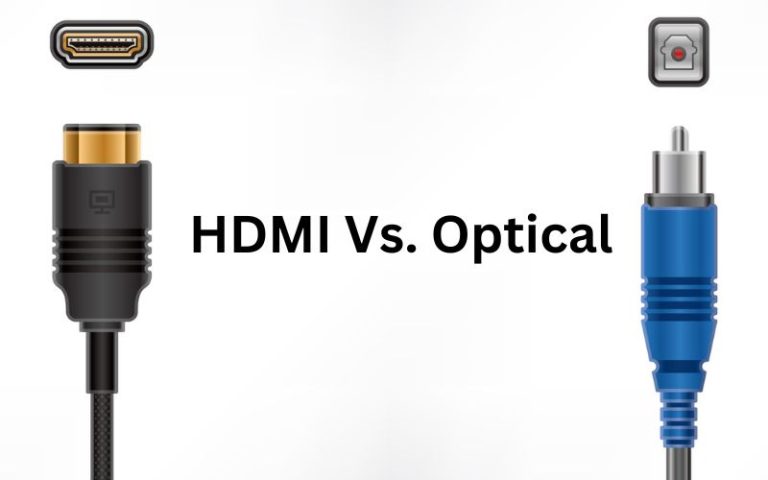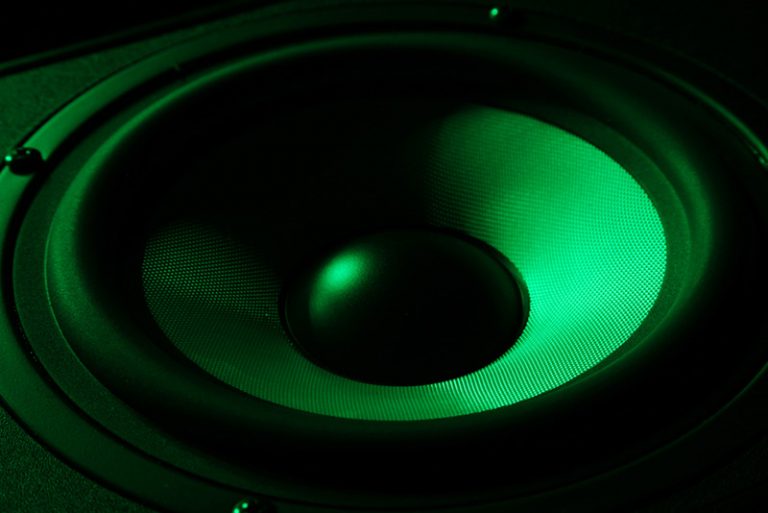PCM vs. Bitstream – Which is Better for Audio and Why?
Audiophiles are passionate about their preferred method of sound distribution. We can look into the past to find plenty of examples of debates: 8-track versus cassettes, analog formats versus MP3, vinyl versus, well…anything.
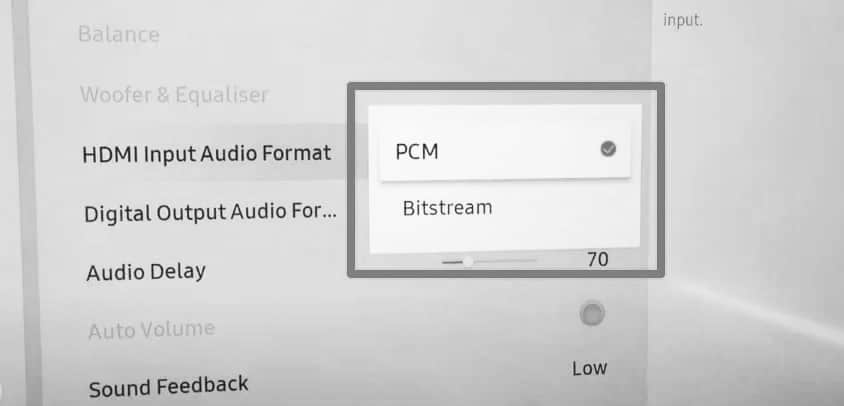
In the day of digital dominance, the argument has been around which is the best format for transferring audio through players and surround sound systems: PCM or Bitstream?
Both PCM vs Bitstream are good audio formats, and the debate between them might not end the way you expect. According to most experts who have seriously studied the issue: it doesn’t matter. At the end of the day, both formats are comparable to one another regarding audio quality.
Does that mean you shouldn’t care about the audio format you use? No, there are reasons to consider the debate between PCM and Bitstream for sound supremacy. This article will explore what each form means, how they are used, and why they matter.
Also read: 1280×720 vs 1920×1080 vs 4K: The Great Resolution Debate
PCM vs. Bitstream
Sound quality tends to be the primary reason people prefer one type of audio format over another. But what happens when both are almost indistinguishable from one another when you listen to them?
How do they differ, and what does it mean when they sound the same to even the highly trained ear? Let’s start by looking at what both of these formats are and how they work.
How PCM and Bitstream Work
PCM is a standard algorithm used for almost a century, making it a standard in the transmission of sound through devices both simple and sophisticated. You can send an uncompressed file as-is without significantly impacting the quality.
Bitstream is a binary sequence that plants instructions in a compressed file to be decoded from the signal, regardless of file size.
One of the most significant benefits of using PCM is that it works with analog and digital formats. Since it doesn’t require that the file be compressed, it is a streamlined format.
Your player (CD, DVD, Blu-ray, computer, gaming console, etc.) will directly translate and play the audio. Almost every platform on the market is built to work with this classic algorithm right out of the box.
For those concerned with bandwidth, such as in larger files that use wireless connections, there is Bitstream. All frequencies transferred via this format can be compressed files (though they don’t have to be), which remain compressed until the audio-video receiver (AVR) receives them.
The signal is decoded at that point, sometimes converting them between analog and digital formats depending on the sophistication of the receiver.
Bitstream works with most players and gaming consoles but won’t be compatible with most CD players. That may or may not be a dealbreaker, depending on whether you are still using that technology.
Keep in mind, you have to own a separate AVR when you select Bitstream. Players don’t have an internal codex that accepts Bitstream files alone.
All of the information above might be leaving you a bit confused. Because we are dealing with the same level of sound quality, other factors will dictate which of the two are best for you. How can you decide between such similar formats?
Both PCM and Bitstream have their pros and cons. We have already gone over them briefly above. Let’s break things down and look more deeply into what each has to offer and where they might be lacking.
PCM PROS
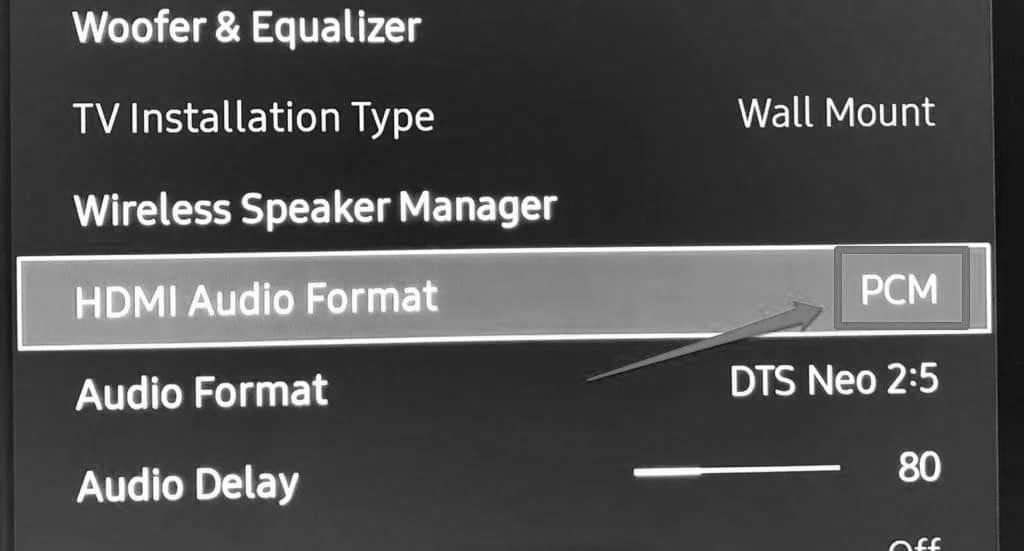
- All files are directly sent to the player. This is different from being caught and converted in the way that a Bitstream format is captured. There is less latency, and many PCM users report a smoother quality to the sound.
- You don’t need a special piece of equipment to run PCM. It relies on the reader’s quality, but most players these days are built for optimization right out of the box. There is no need to go hunting for advanced AVR’s when you select this format.
- PCM is a straightforward format to use and only takes few resources to run. All files are sent to your reader, then translated with instructions embedded directly into the signal. It puts less stress on your equipment, which is better for its long-term usability.
- PCM reads high-resolution secondary audio tracks by embedding them directly into the soundtrack. This includes both Picture-In-Picture commentary tracks and supplemental sounds from your television (like selection noises within a menu). Having secondary audio is a basic feature, but Bitstream – shockingly – doesn’t allow for it.
- PCM is convenient. There is very little to fuss with when setting up a PCM format. All you have to do is hook up your players to the right connections (or to a manual switch if you plan to have multiple players on the same lines), and select PCM in the audio options. It is nice and straightforward, so for laypeople and the easy-going alike, you can have your system up in a snap.
PCM CONS
- PCM only works on two channels. Because of this, it is less flexible than Bitstream. If you want more control over the tiny tweaks that come along with a higher number of available frequencies, you won’t find it with this option.
- If you have a player that isn’t that great, the sound will be less than stellar. This won’t matter if you deal with modern consoles, new Blu-ray players, and other equipment requiring a considerable investment. But if you have something older, like a CD player, DVD player, or a former generation console, you probably won’t be impressed.
- PCM isn’t ready-made for wireless connections. Uncompressed files can be pretty big, and unlike Bitstream, it doesn’t have the capacity to run those large files efficiently. Since it doesn’t convert for compression, it can’t make them smaller. You will be stuck with a wired connection.
- You have fewer options for more advanced changes and configurations. PCM takes a back seat to Bitstream in this case. With the average price of sound systems these days, you may want more say in how it operates.
BITSTREAM PROS
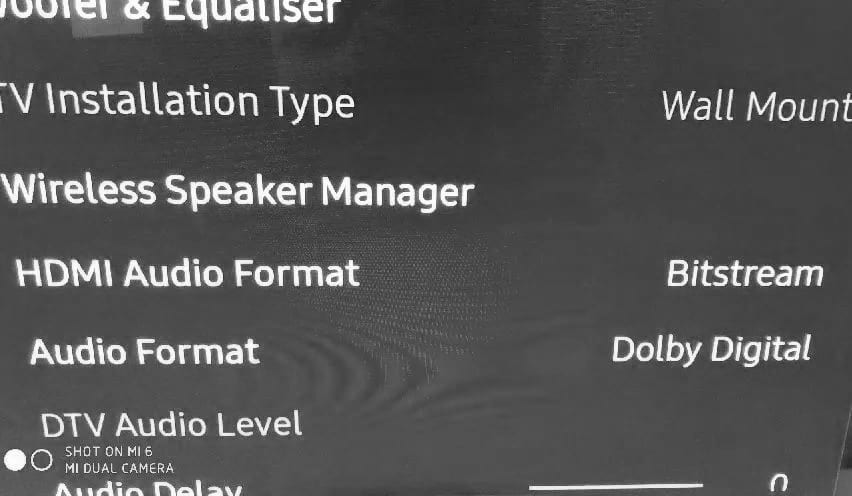
- Bitstream was designed to work with up to 5.1 surround sound. This is an optimized format that takes advantage of smaller file sizes that stretch the capabilities of your AVR.
- There is an increasing number of mid-range AVR’s for Bitstream formats. Each offers nearly as high quality as the more expensive models.
- It offers better results and more flexibility, with a higher rate of frequencies. PCM is only two-channel when run through these connections. A compressed file is best when using outputs that have less bandwidth capabilities, such as optical coaxial or digital.
BITSTREAM CONS
- If you want the best sound quality, you have to invest in a high-quality AVR. Unfortunately, these can cost a pretty penny and will have to be purchased in addition to the player it is connecting with.
- It takes up space. You are adding more equipment, wires and mess to your surround system, which can be inconvenient. Especially if you have limited space, or will have multiple players that you will be using.
- It isn’t compatible with CD players. While many people are moving to digital formats, some want to continue using their old CD’s, or still collect them. If you want to run a CD player, you will be forced to switch back and forth from PCM to do it.
Choosing Between PCM and Bitstream
What you are running your audio through will have a lot to do with which of the two formats is best for you. Not everyone has the same setup or wants the same thing from their devices.
For instance, an expensive surround system will be set up differently than a gaming computer with standard speakers. You want to get as much as possible from both, but how you approach their optimization will differ.
If you already have access to a high-end receiver optimized for wired and wireless signals, and if secondary audio compatibility is less important to you, Bitstream might be your best bet. Bitstream requires more work to set up, as well as extra equipment that can cost more. Yet, it provides a 5.1 surround sound experience and wireless capabilities due to its ability to send compressed files through an AVR.
But if you want a more direct option that relies on a console or player as the only equipment while maintaining the best audio signal with no lag, go with PCM. It is more streamlined, and almost all players are ready to support it.
Of course, you have nothing to lose by trying both. Play with the connections and settings. While the quality itself is close to an exact match, you might find certain underlying elements sound better to your ear or that one puts less strain on your system than the other.
Final Thoughts
What format reigns supreme in the PCM Vs. Bitstream debate? You have seen through this article that the two are remarkably similar, and one even used the other as the original blueprint from which it was developed.
You have the information, and now it is time to decide for yourself.
